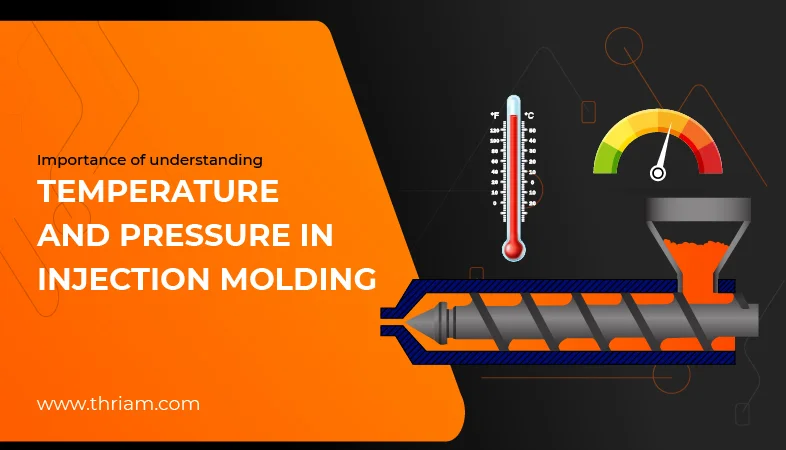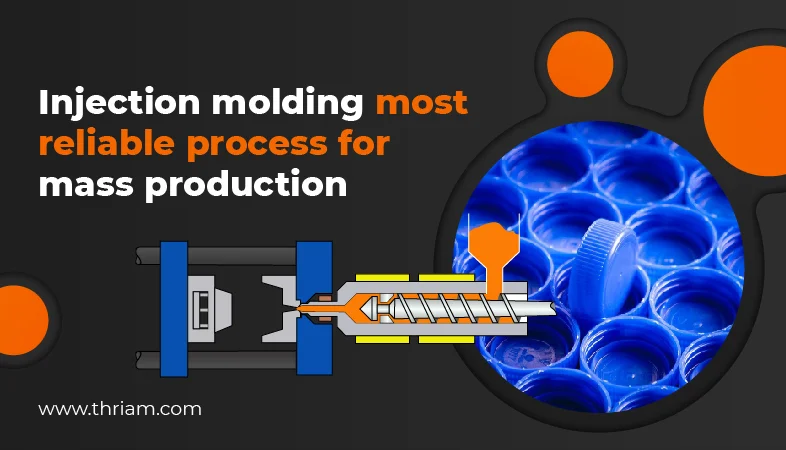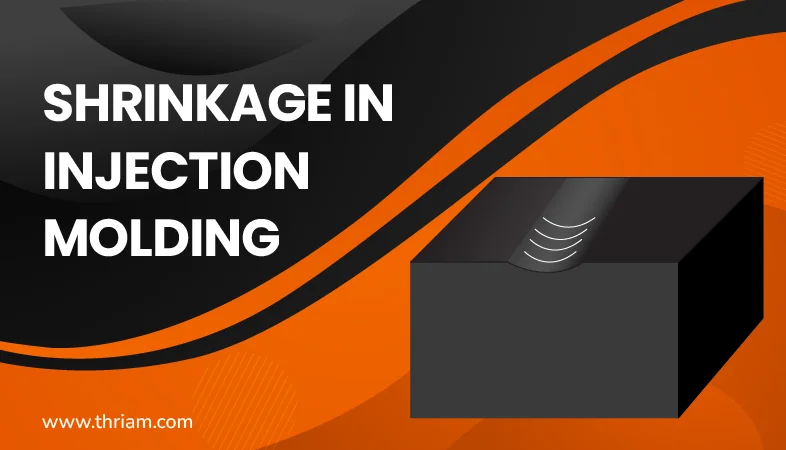Injection Molding Nightmares: Avoid These 10 Costly Mistakes
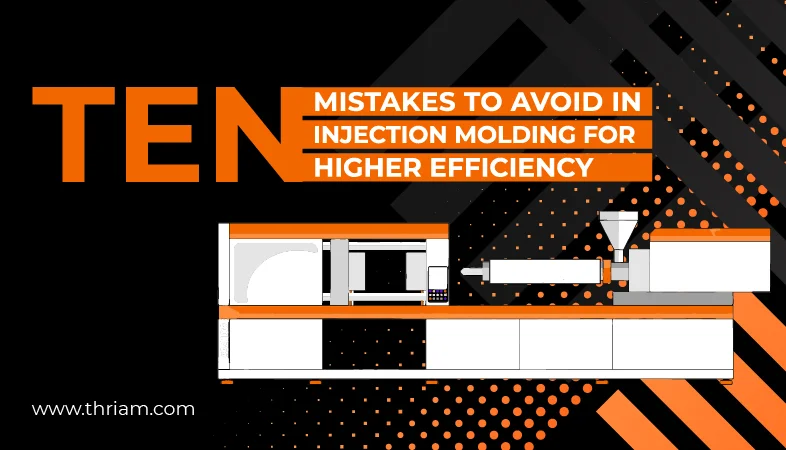
What is injection molding?
Injection molding is a widely-used manufacturing process for producing plastic parts in large quantities. It involves the injection of molten plastic material into a mold cavity, where it cools and solidifies, taking on the shape of the mold. The process begins with the melting of plastic pellets, which are then injected under high pressure into the mold using a specialized machine. Once the plastic has solidified, the mold is opened, and the final part is ejected. Injection molding offers several advantages, including high production efficiency, the ability to create complex shapes, and cost-effectiveness for large-scale production. It is commonly used in industries such as automotive, electronics, packaging, and consumer goods.
Injection molding is the most popular process for producing plastic parts, there are several costly mistakes that can occur during this process. These mistakes can lead to production delays, increased costs, and poor-quality parts.
In this blog, we will explore ten common mistakes in injection molding and explain each point separately.
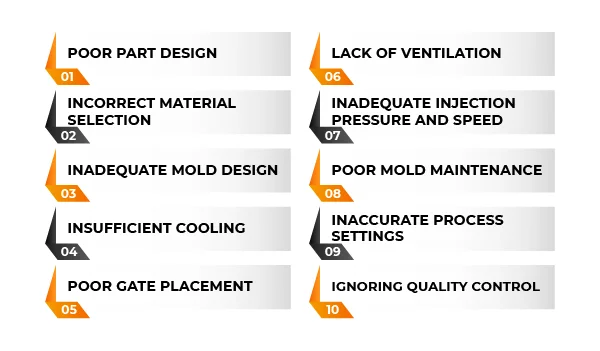
Poor Part Design:
One of the most costly mistakes in injection molding is starting with a poorly designed part. Design flaws can lead to manufacturing difficulties, resulting in excessive tooling costs, material waste, and longer production times. It is crucial to involve an experienced designer who understands the principles and limitations of injection molding when creating the part’s design
Incorrect Material Selection:
Using the wrong material can lead to product failure or poor performance. Each plastic material has unique properties that determine its suitability for specific applications. Failing to choose the right material can result in product inconsistencies, increased tool wear, and reduced part longevity. Ensure thorough material selection is based on mechanical, thermal, and chemical requirements.
Inadequate Mold Design:
A poorly designed mold can cause various issues, such as part warpage, sink marks, and dimensional inaccuracies. It is essential to work with skilled mold designers who consider factors like gate location, cooling system, and part ejection when creating the mold design.
Insufficient Cooling:
Proper cooling is crucial to ensure uniform part solidification and minimize cycle time. Inadequate cooling can lead to part defects, such as warpage or sink marks. Optimal cooling channels and cooling time control must be incorporated into the mold design to maintain consistent part quality and reduce cycle times.
Poor Gate Placement:
The gate is the point where the molten plastic enters the mold cavity. Incorrect gate placement can result in flow imbalances, air entrapment, or weak weld lines. Precise gate placement ensures uniform filling and helps in avoiding defects like short shots, burning, or jetting.
Lack of Ventilation:
Proper ventilation is necessary to eliminate trapped air and gas during the injection molding process. A lack of vents can cause gas burn, splay marks, or reduced mechanical properties in the final product. Adequate venting should be provided at appropriate locations to avoid such defects.
Inadequate Injection Pressure and Speed:
The injection pressure and speed significantly influence the quality of the molded part. Inadequate injection pressure can result in incomplete filling, while excessive pressure can lead to part deformation or stress cracking. Proper optimization of injection pressure and speed is crucial for achieving the desired part quality.
Poor Mold Maintenance:
Neglecting mold maintenance can lead to increased downtime, reduced part quality, and premature mold failure. Regular cleaning, lubrication, and inspection should be performed to prevent issues like wear, corrosion, or buildup of contaminants.
Inaccurate Process Settings:
Improper process parameter settings, such as injection time, temperature, or pressure, can negatively impact part quality and increase production costs. An experienced molding technician must optimize these process settings to achieve consistent and high-quality parts.
Ignoring Quality Control:
Quality control measures are vital throughout the injection molding process. Skipping or neglecting quality checks can result in the production of defective parts and costly rework. Implementing a robust quality control system, including inspections, dimensional checks, and material testing, will help identify and rectify any issues before they become costly problems.
Conclusion
Avoiding these ten costly mistakes in injection molding can save significant time and resources, leading to high-quality parts and improved production efficiency. By prioritizing proper part design, material selection, mold design, maintenance, and adhering to robust quality control measures, manufacturers can minimize risks and maximize their return on investment in injection molding.
Bonus content
Advantages of choosing injection molding
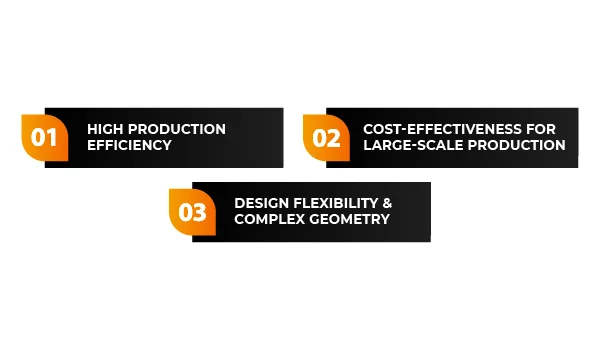
High Production Efficiency:
One of the key advantages of injection molding is its ability to produce a large number of high-quality parts quickly and consistently. The automated nature of the process enables rapid manufacturing cycles, resulting in significantly reduced production time. With the use of advanced computer-controlled systems, injection molding ensures precise and repeatable results, minimizing the likelihood of errors or defects. This efficiency translates into higher productivity and cost savings, making it an ideal choice for industries that require large volumes of plastic parts.
Design Flexibility and Complex Geometry:
Injection molding offers unparalleled design flexibility, allowing for the creation of intricate and complex parts that may be difficult or impossible to achieve with other manufacturing processes. The process utilizes molds, which can be customized to meet specific design requirements. This versatility enables the production of parts with varying shapes, sizes, and features, such as undercuts, threads, and thin walls. With injection molding, designers have the freedom to explore innovative designs and create unique, customized products.
Cost-Effectiveness for Large-Scale Production:
Injection molding is highly cost-effective for large-scale production due to its ability to produce a large number of parts in a single cycle. The process minimizes material waste as it utilizes only the required amount of plastic needed for each part. Additionally, the automation involved in injection molding ensures consistency and reduces the need for manual labor, making it a cost-efficient option. With its high production efficiency and the ability to optimize material usage, injection molding allows for significant cost savings in the long run, making it a preferred choice for manufacturers.
